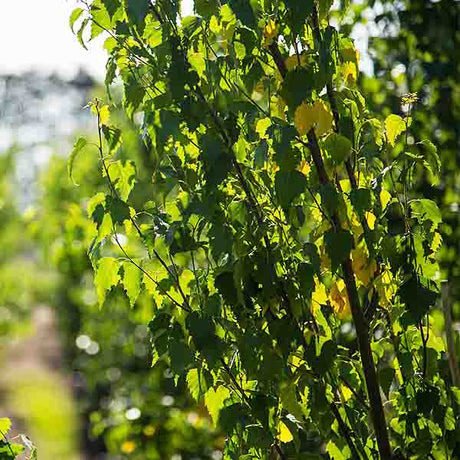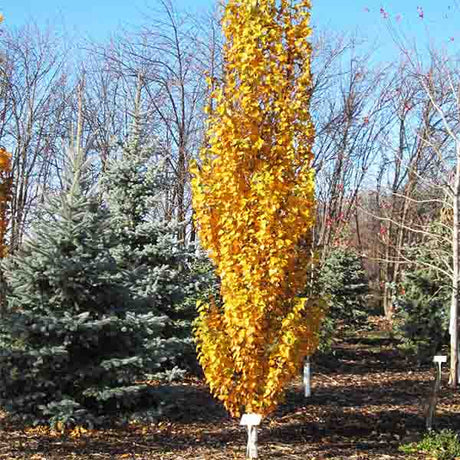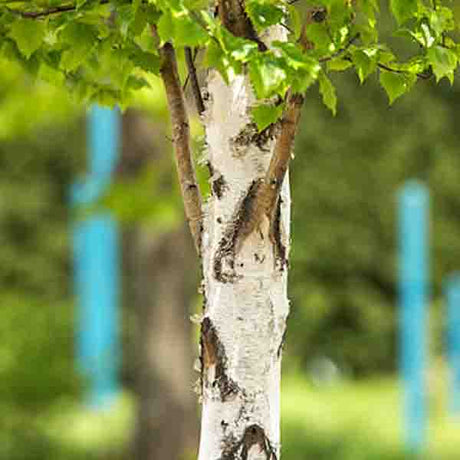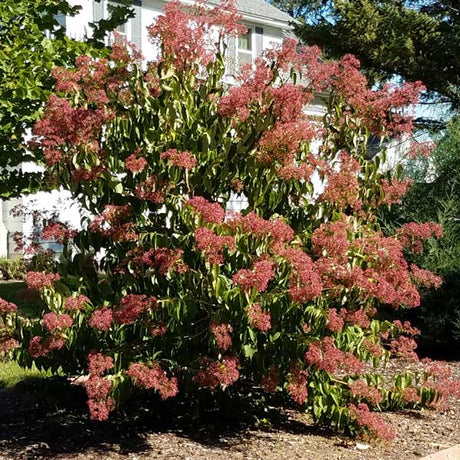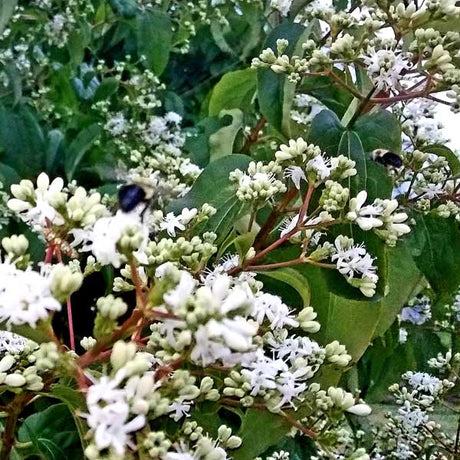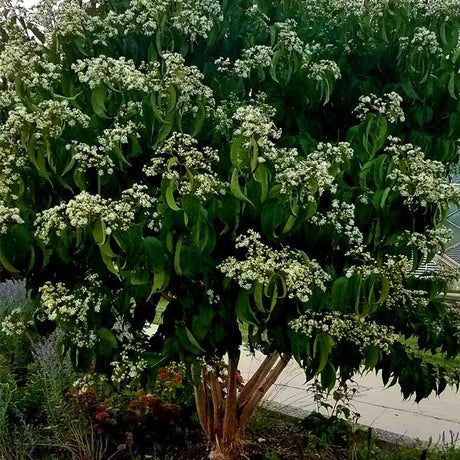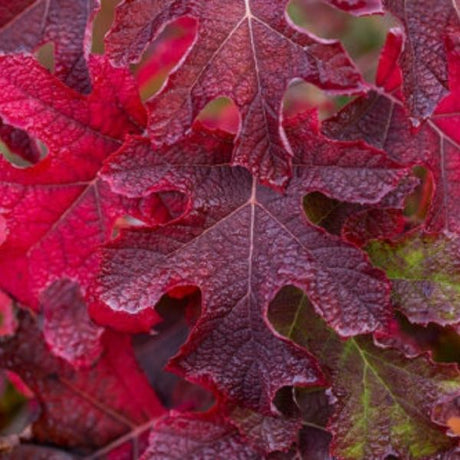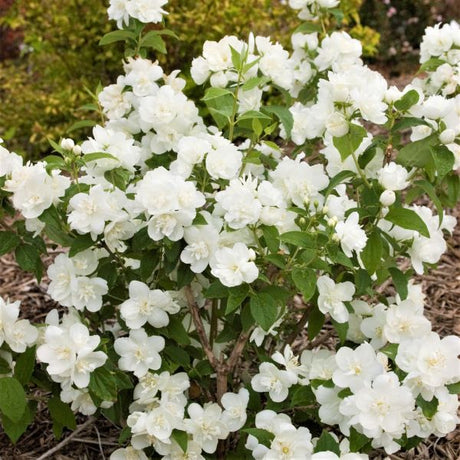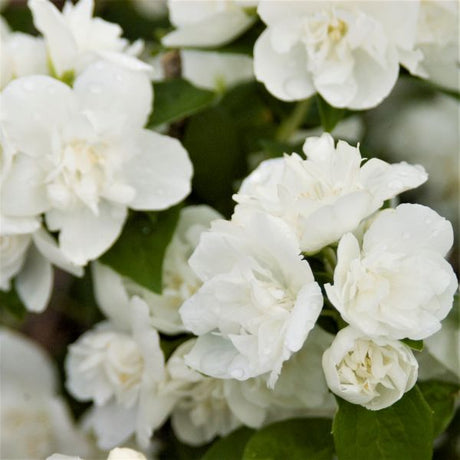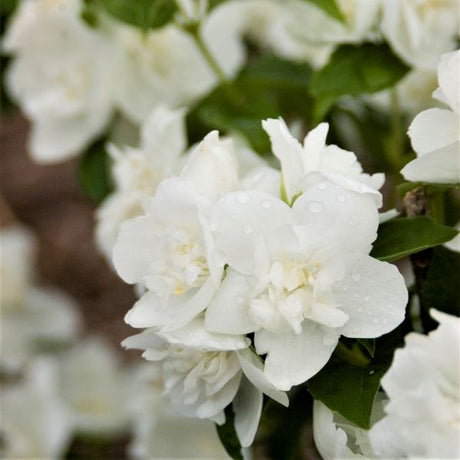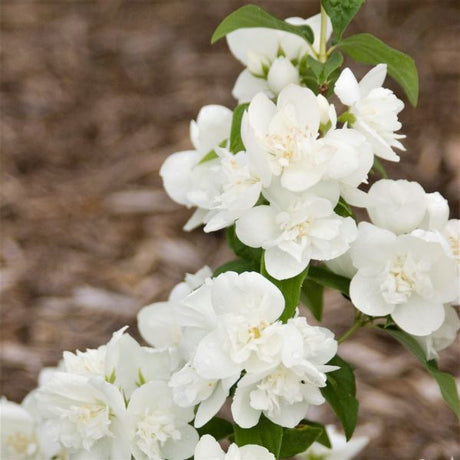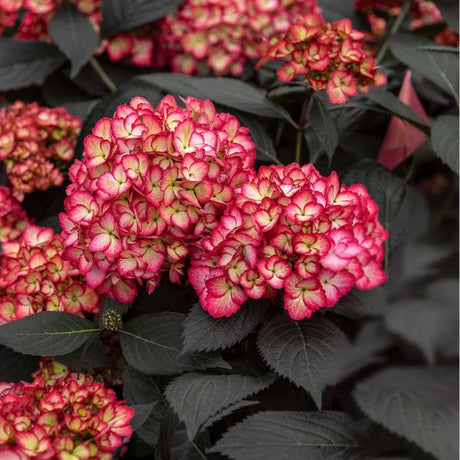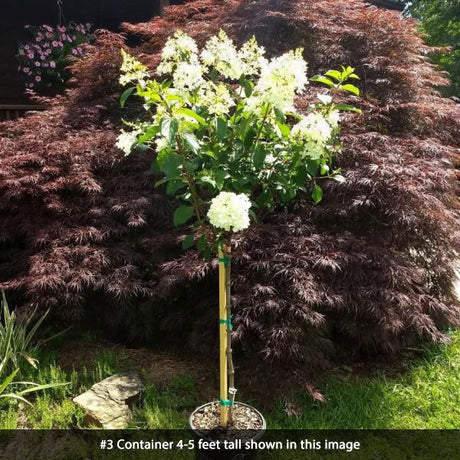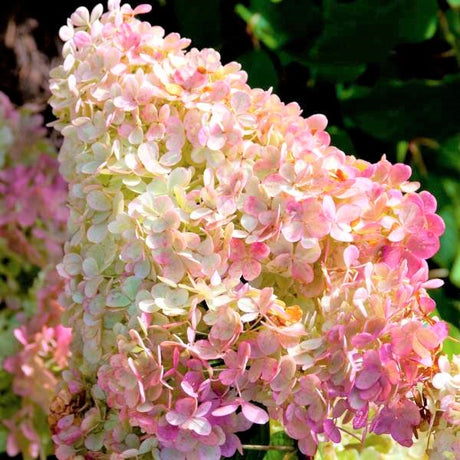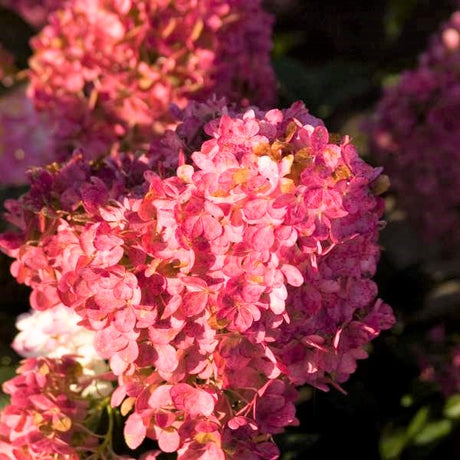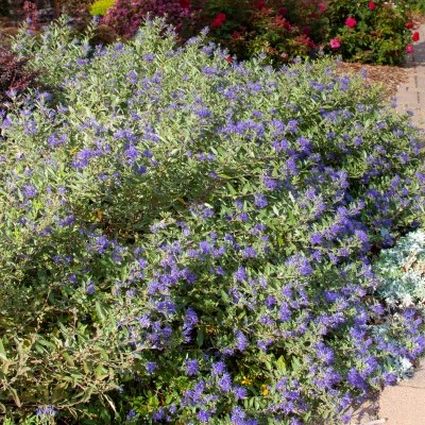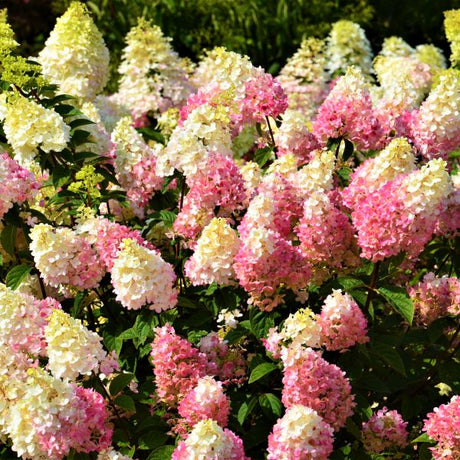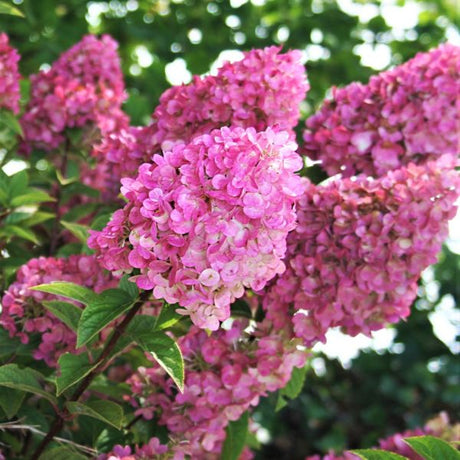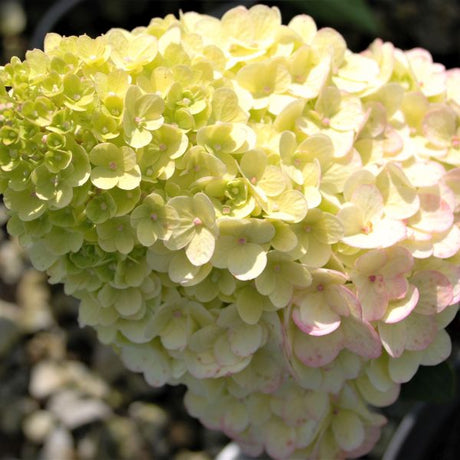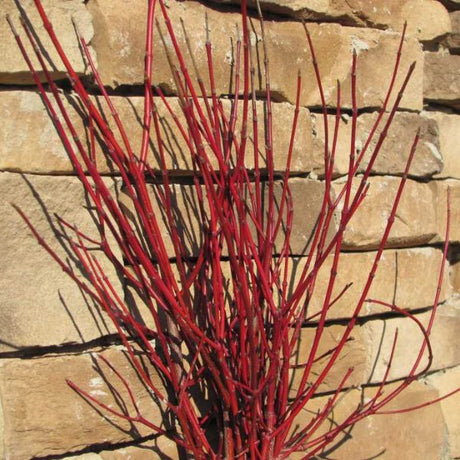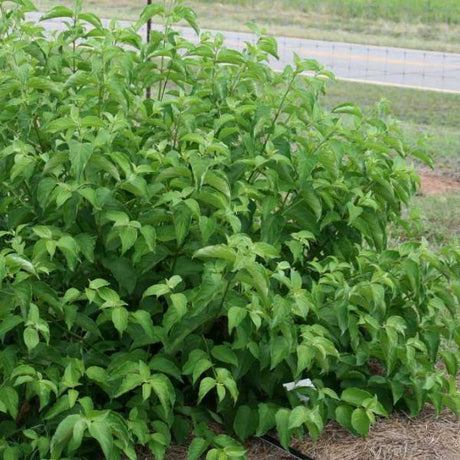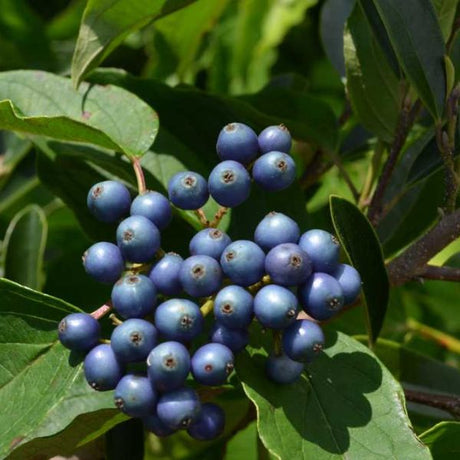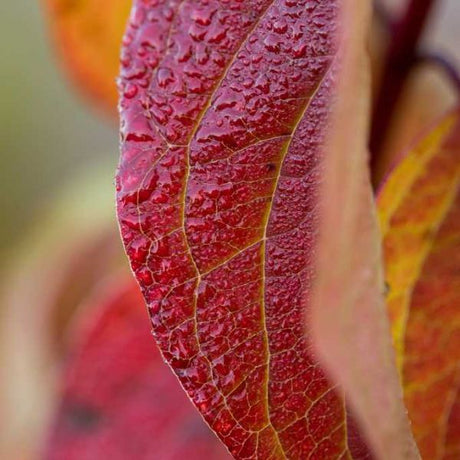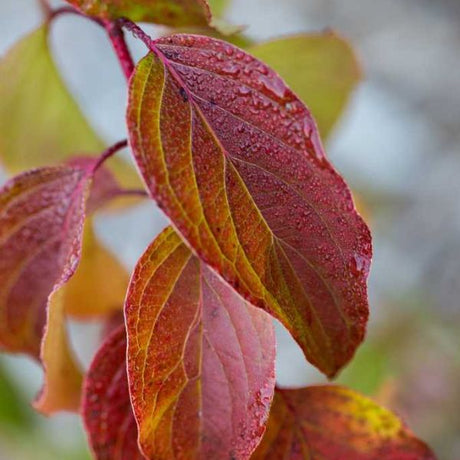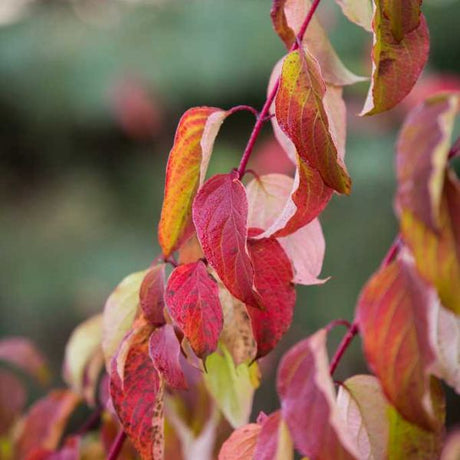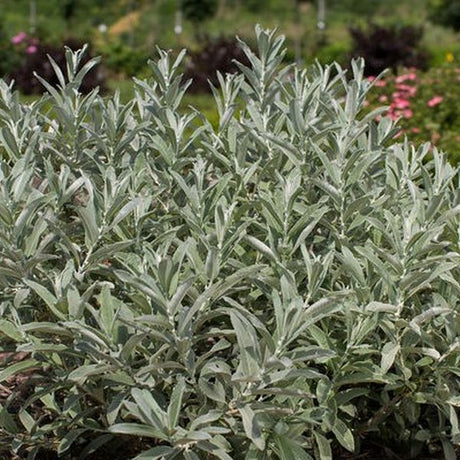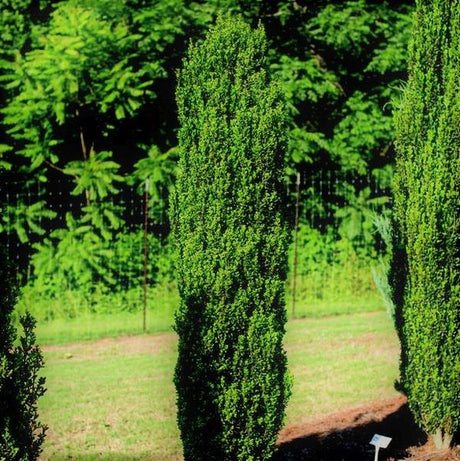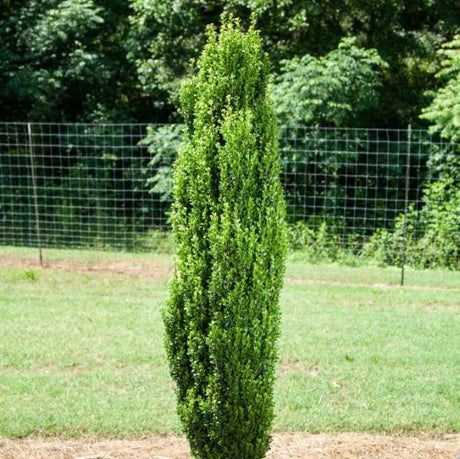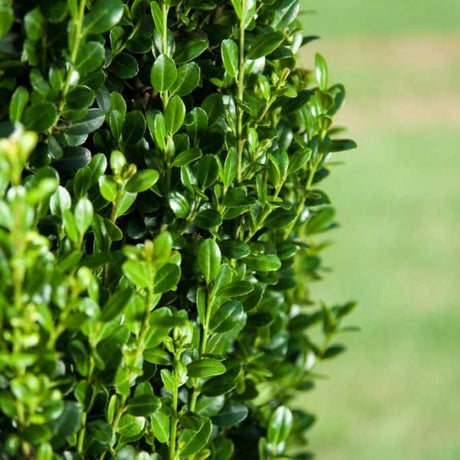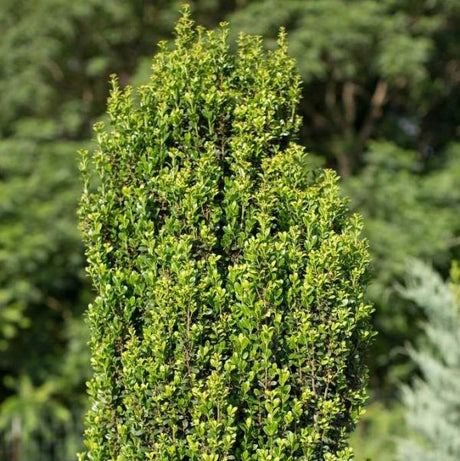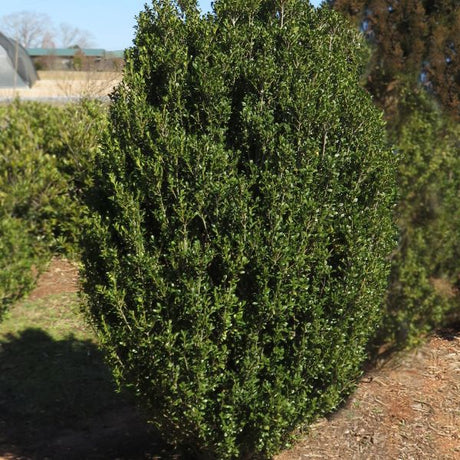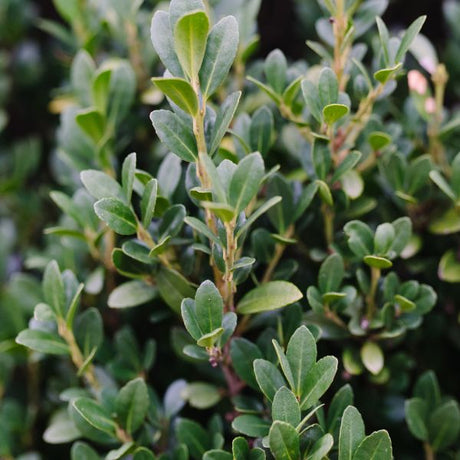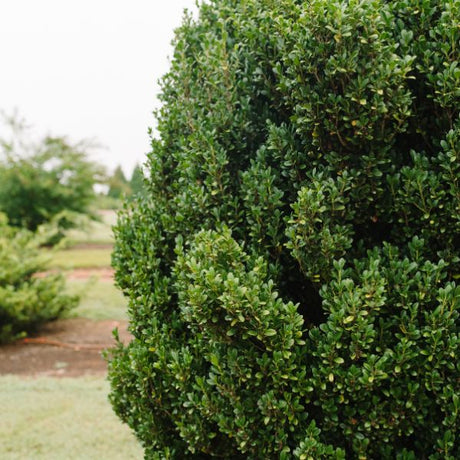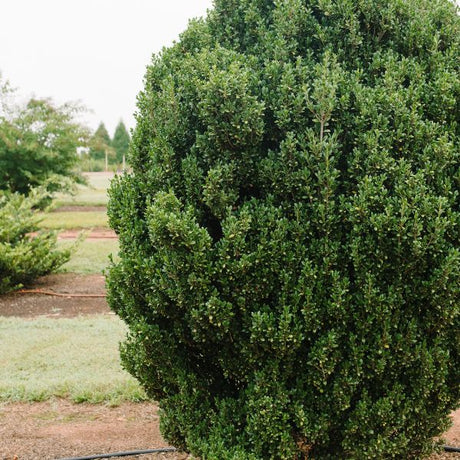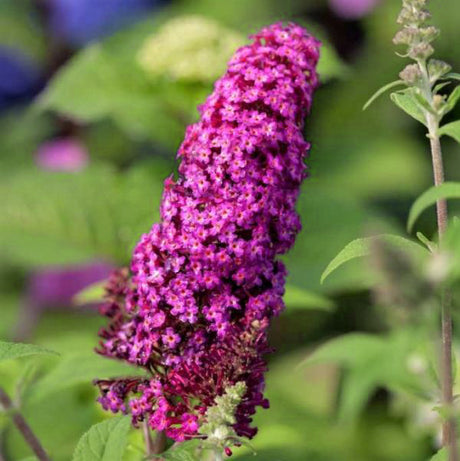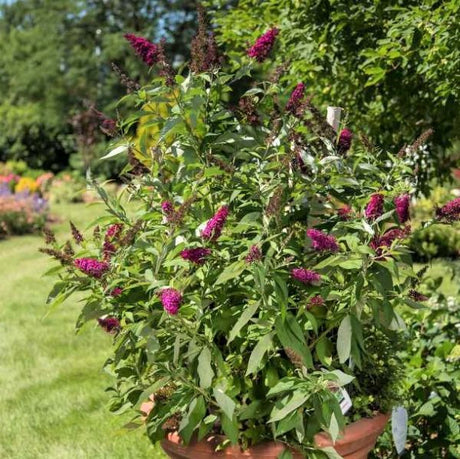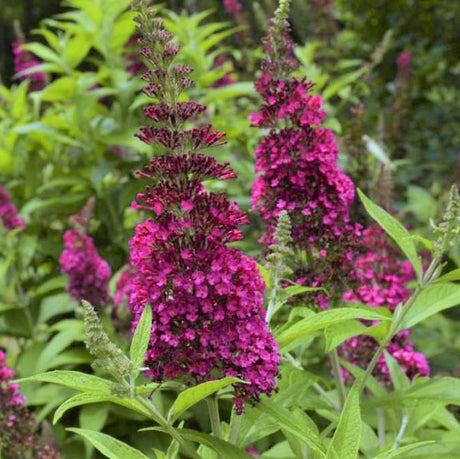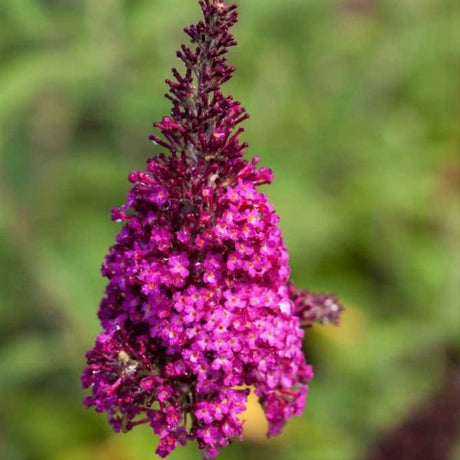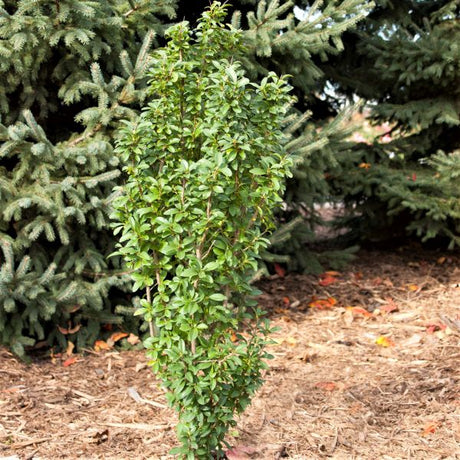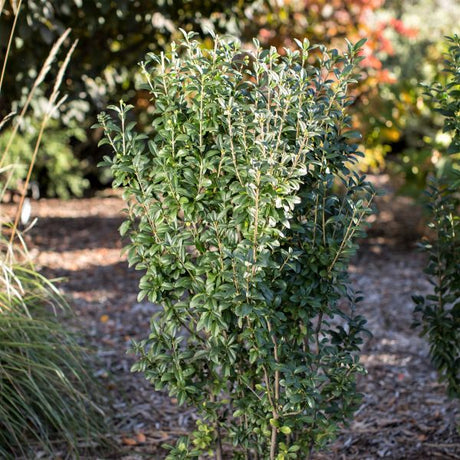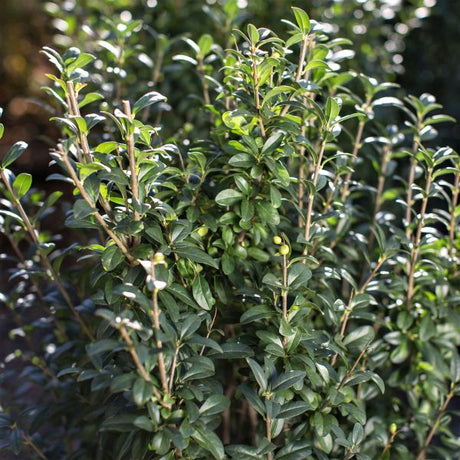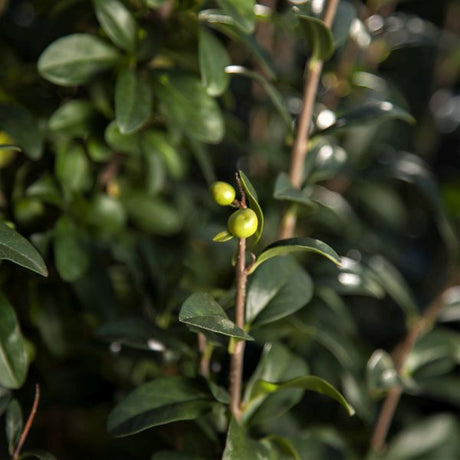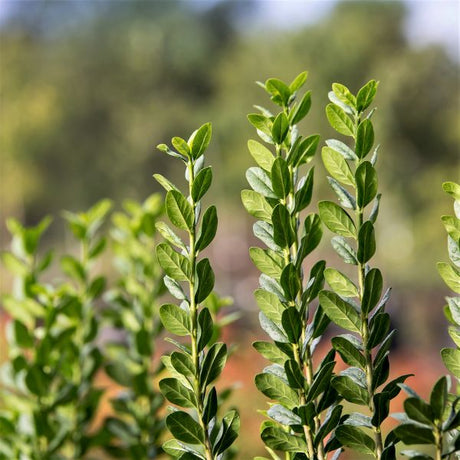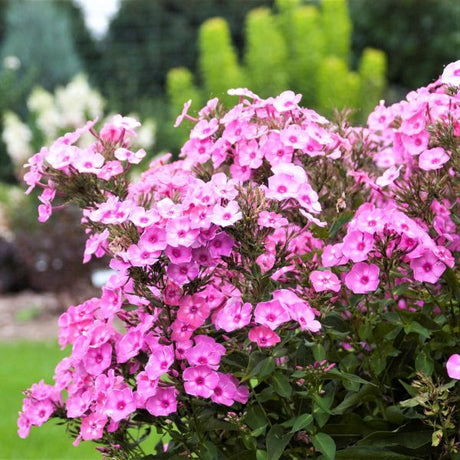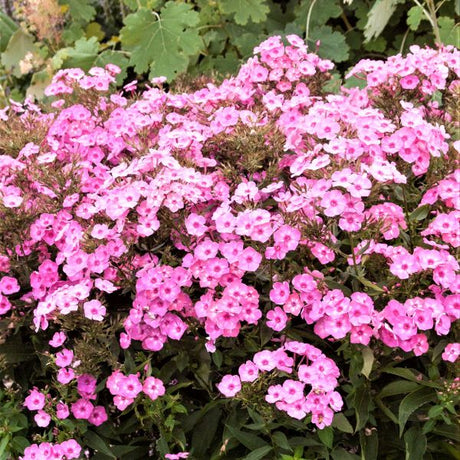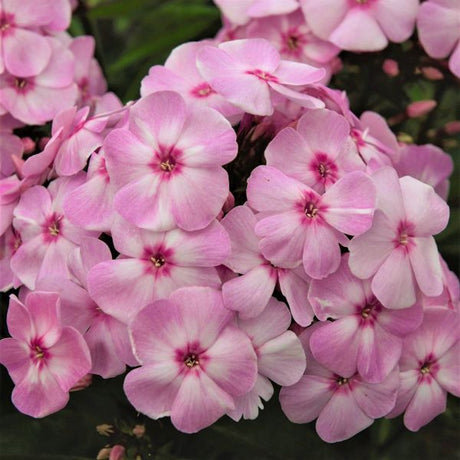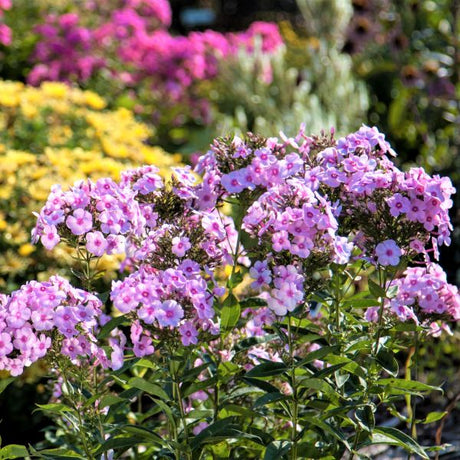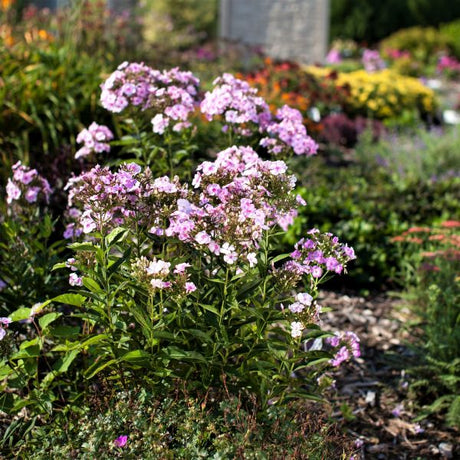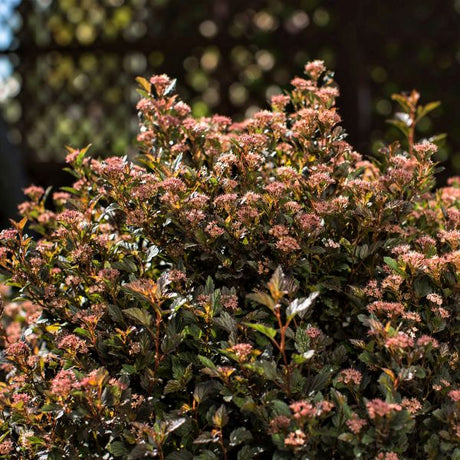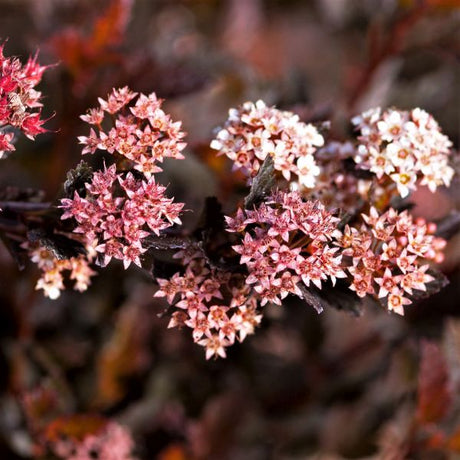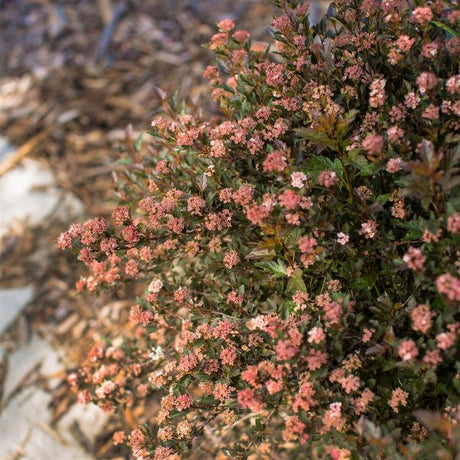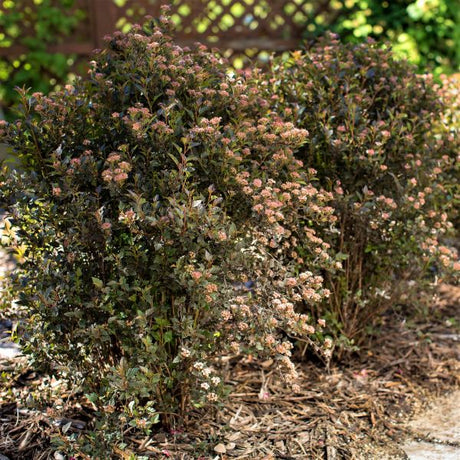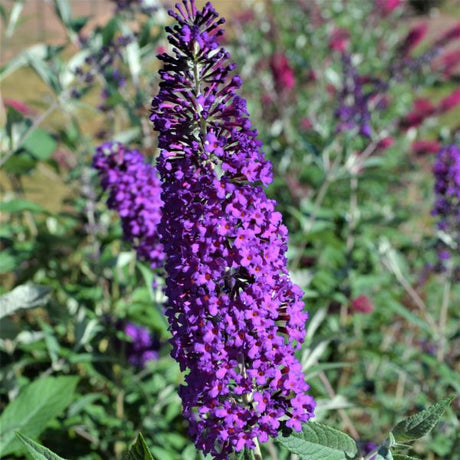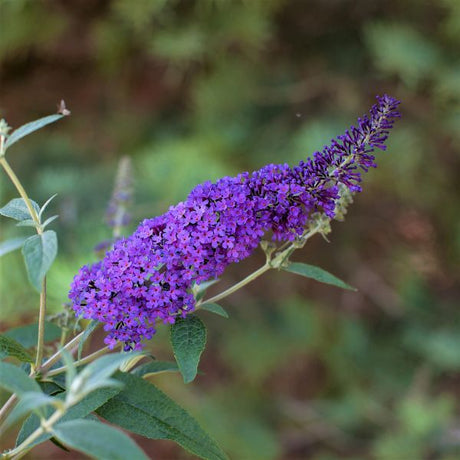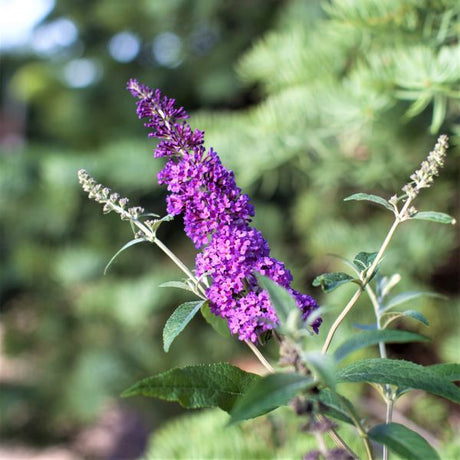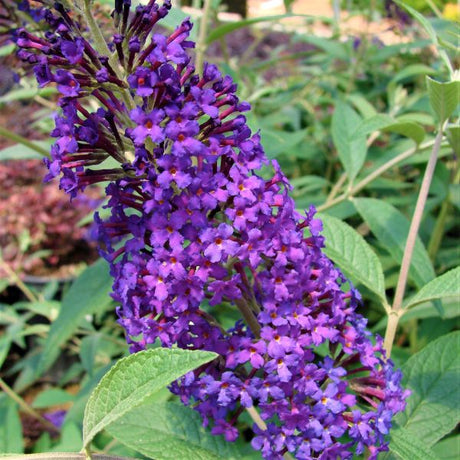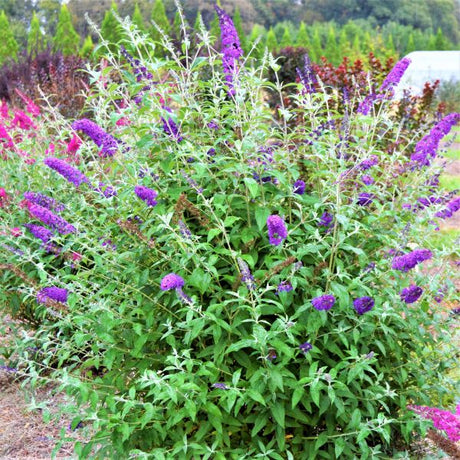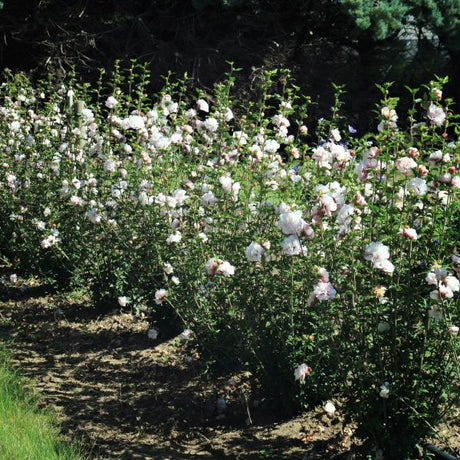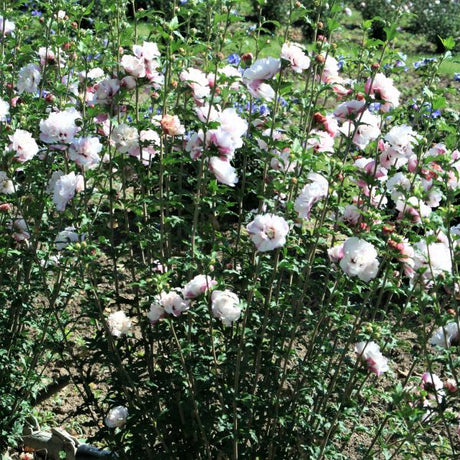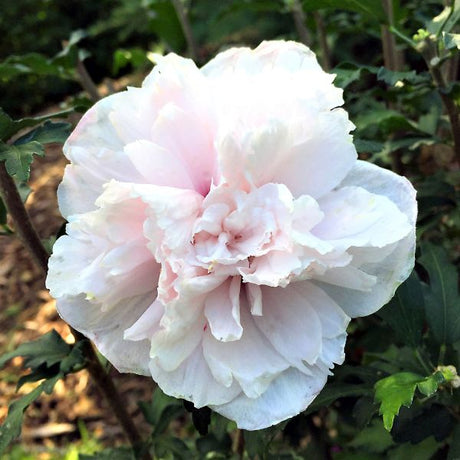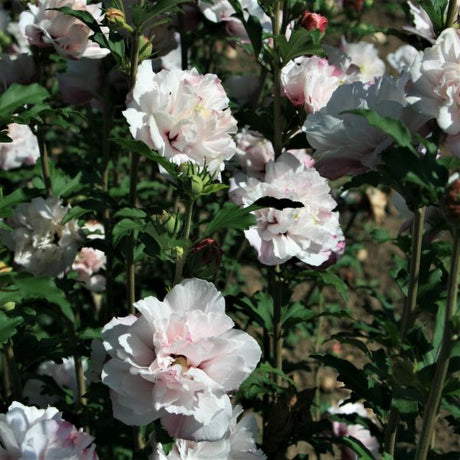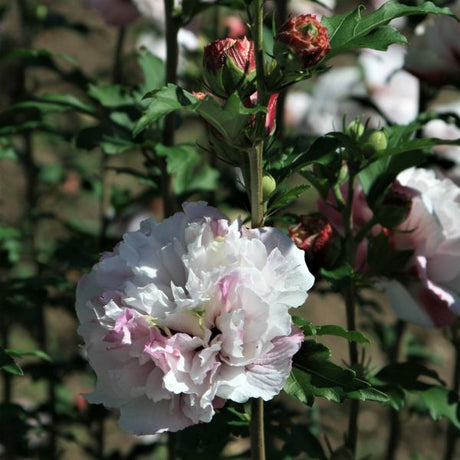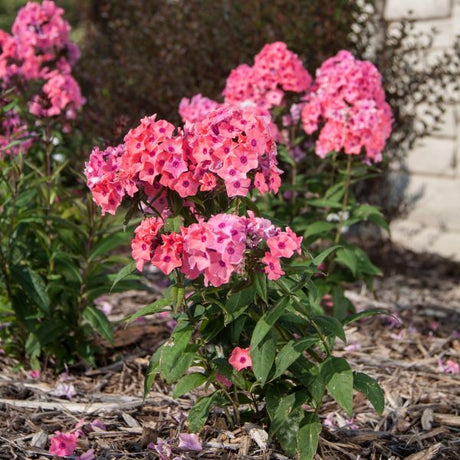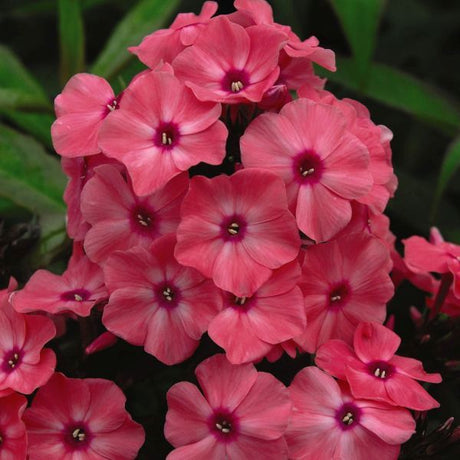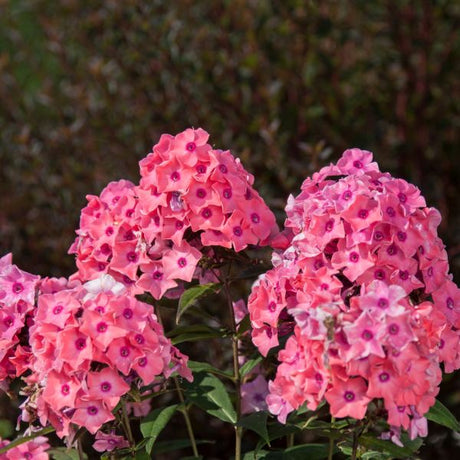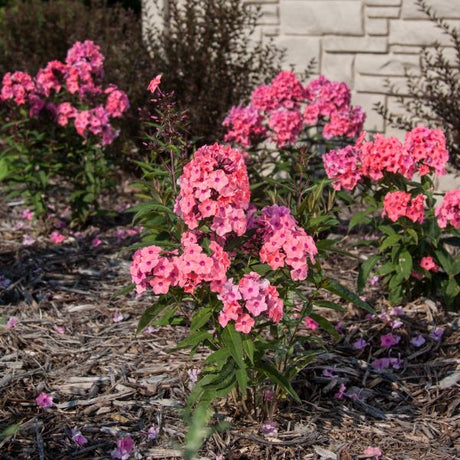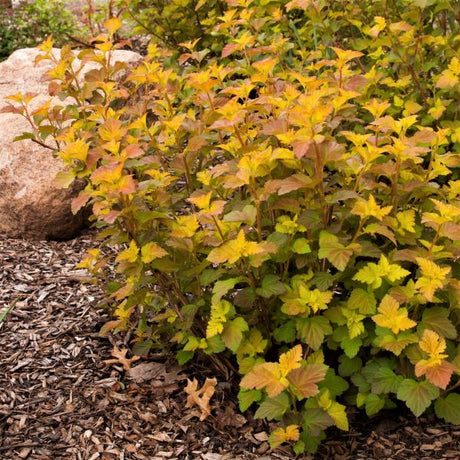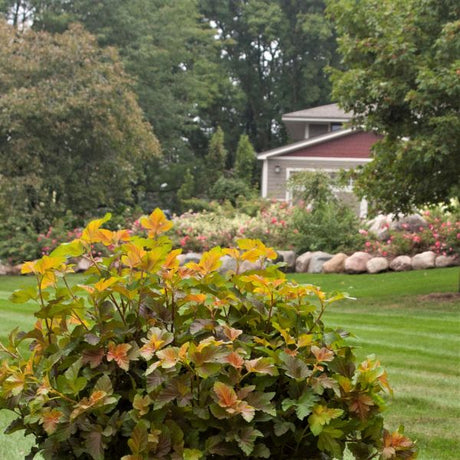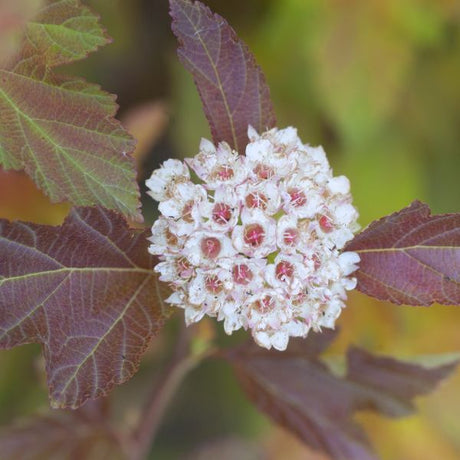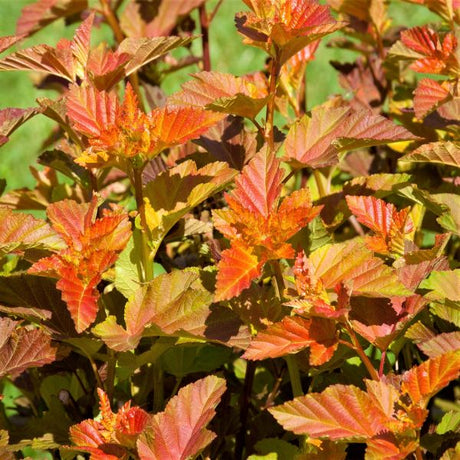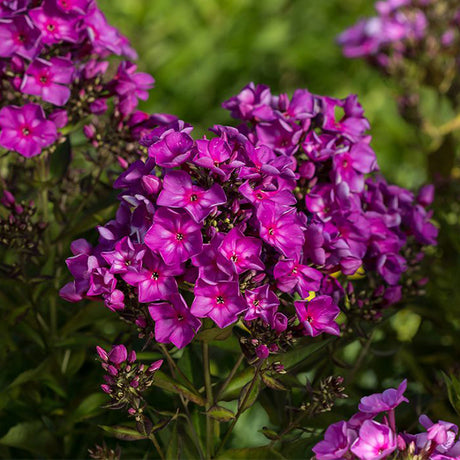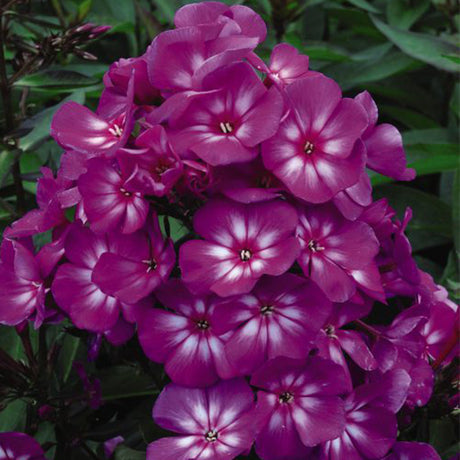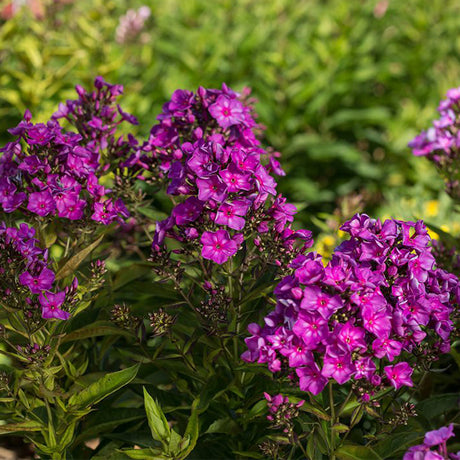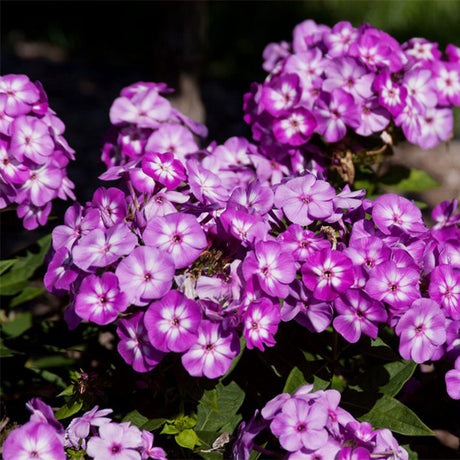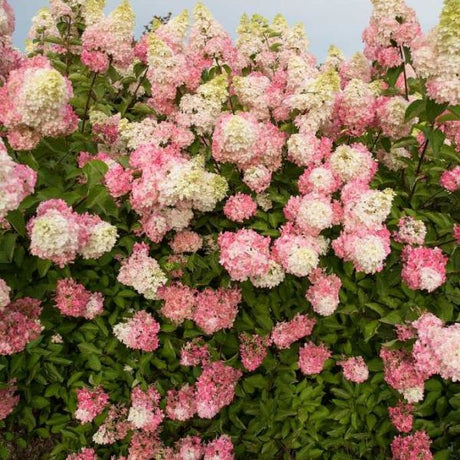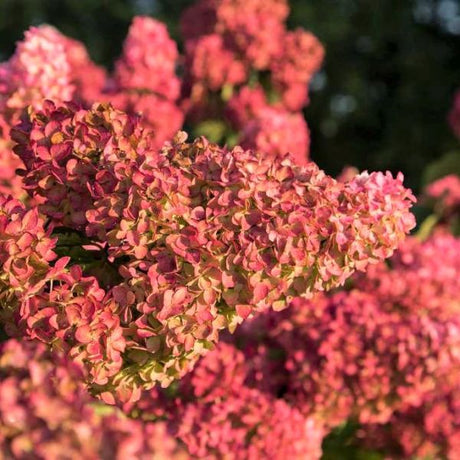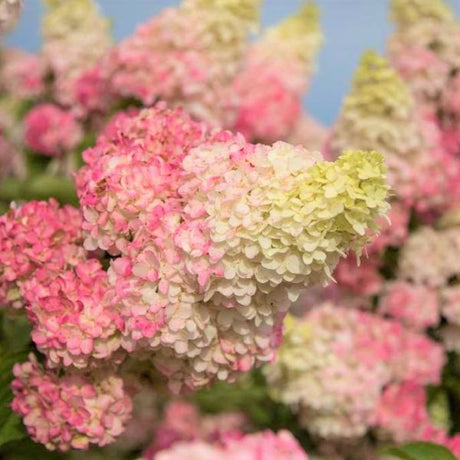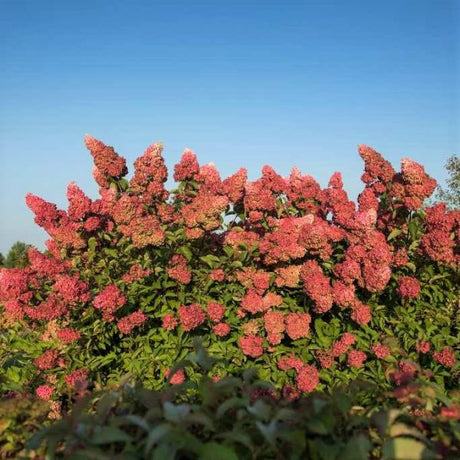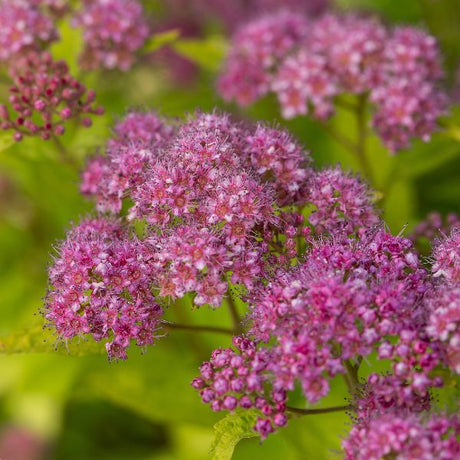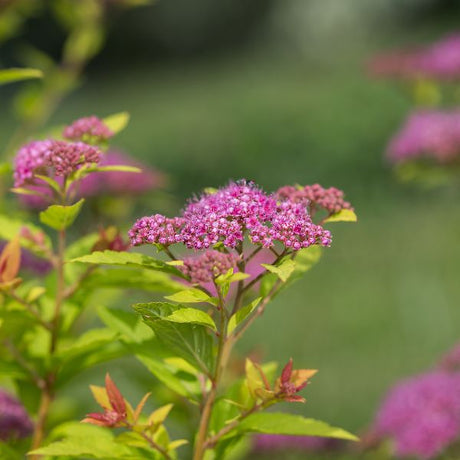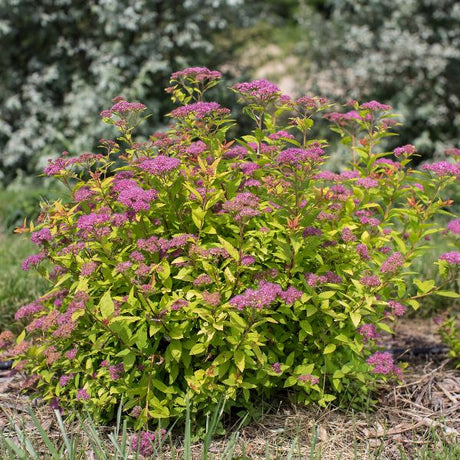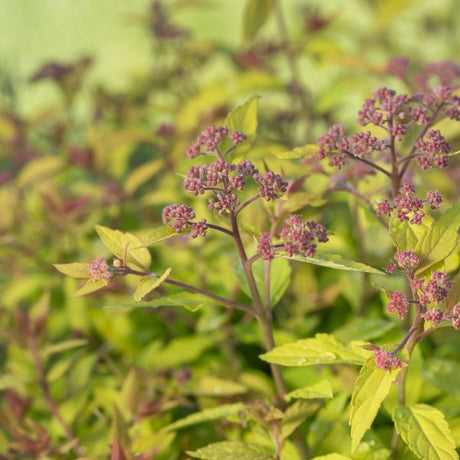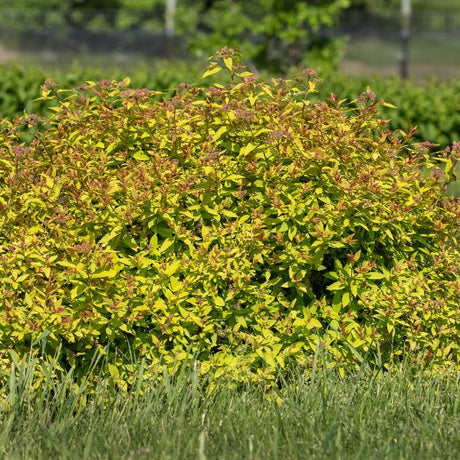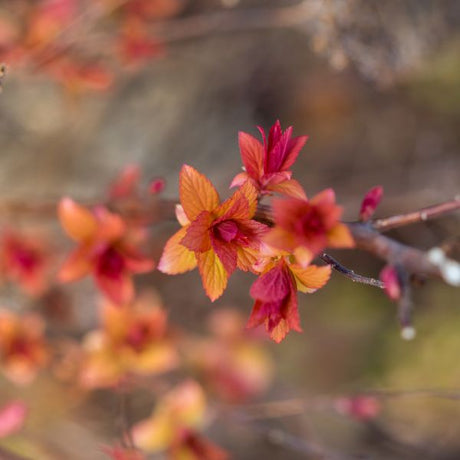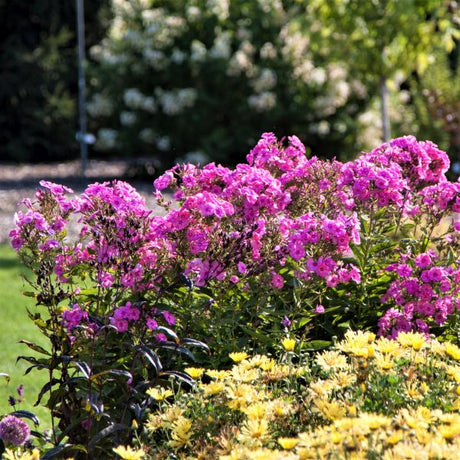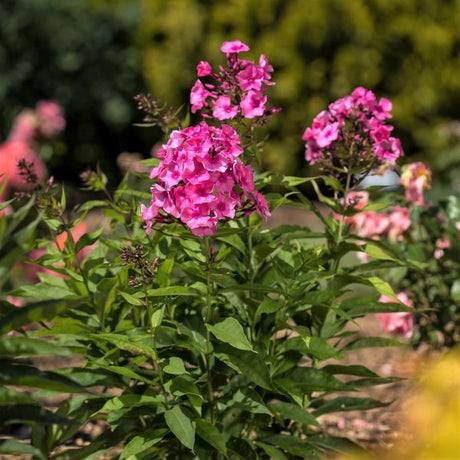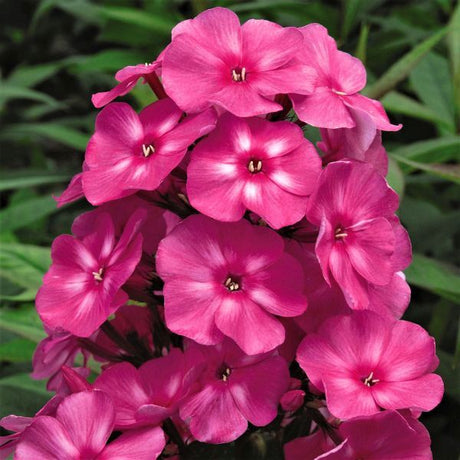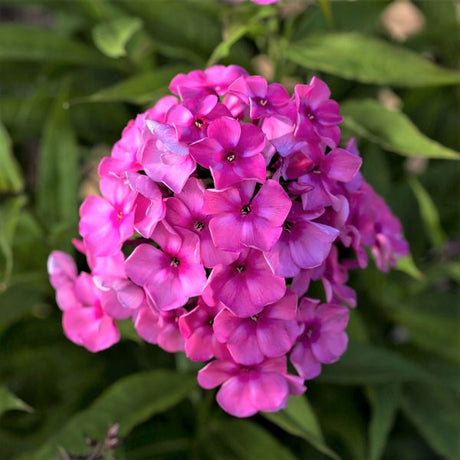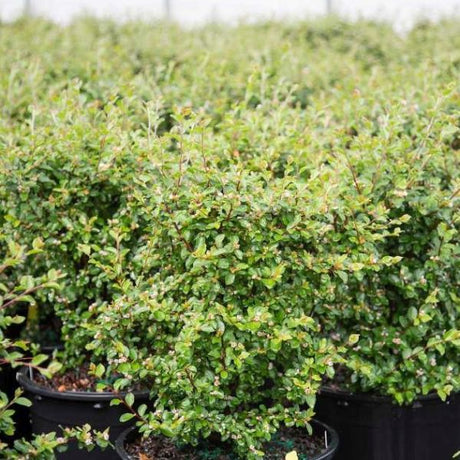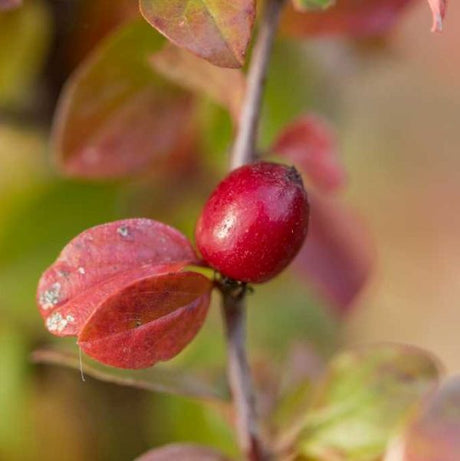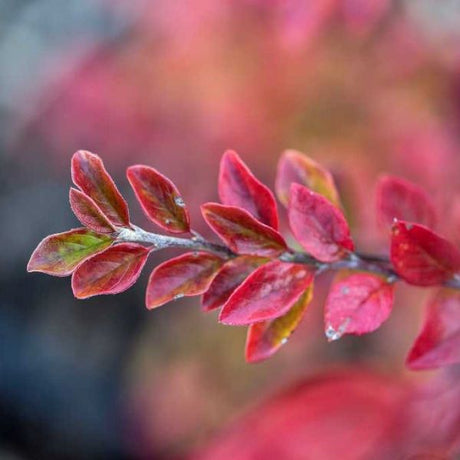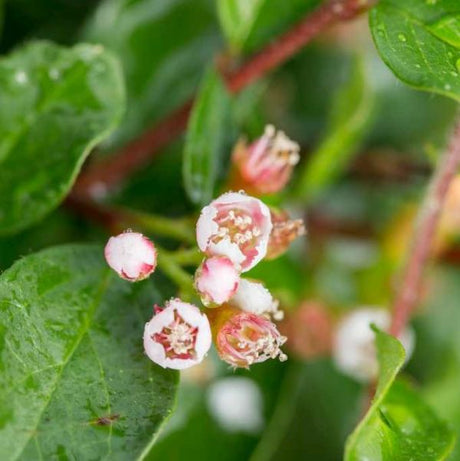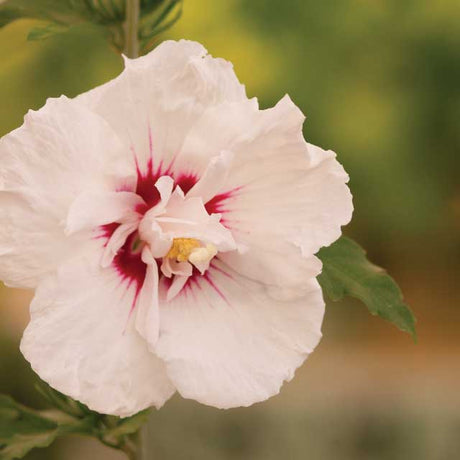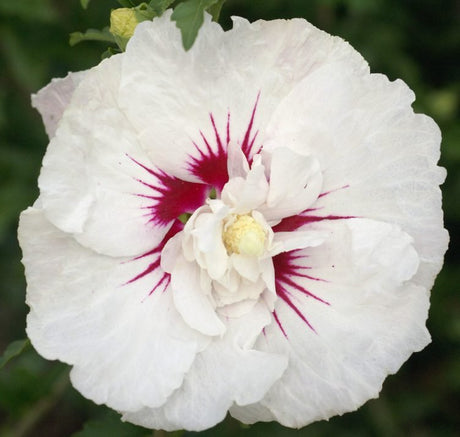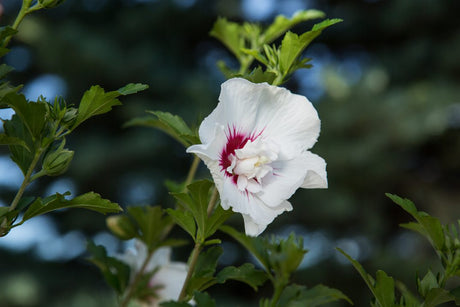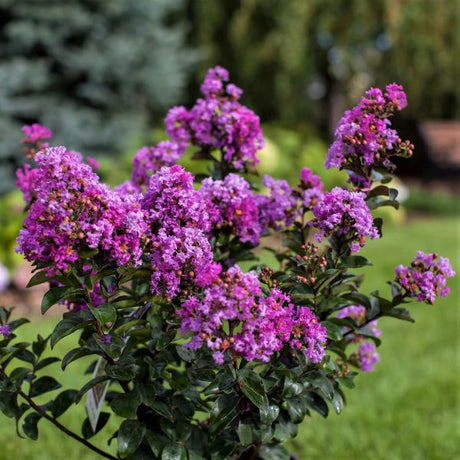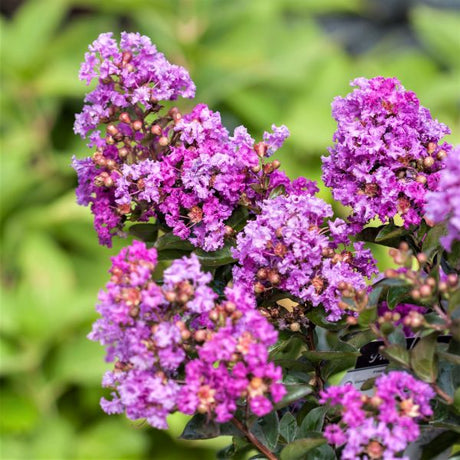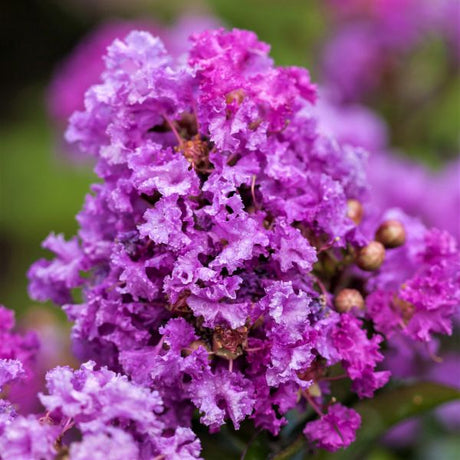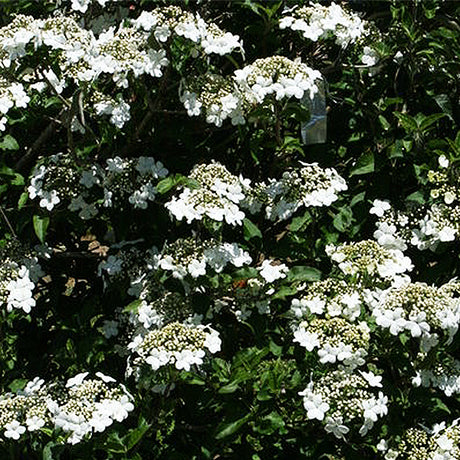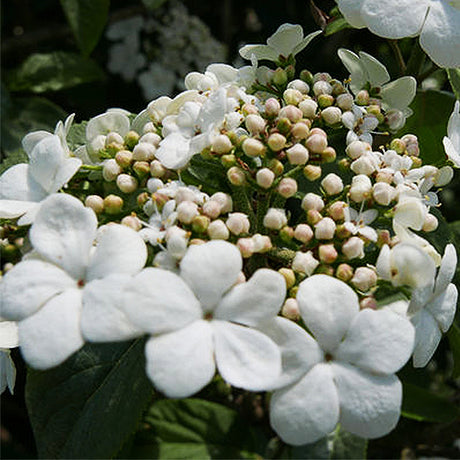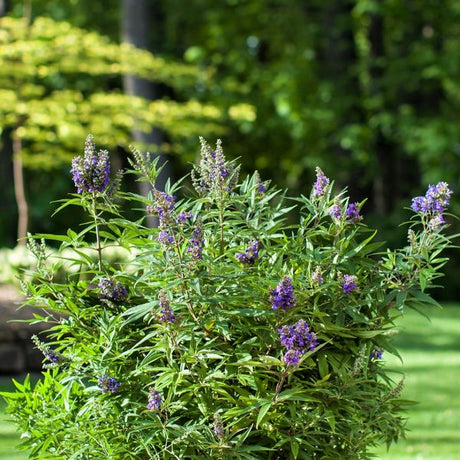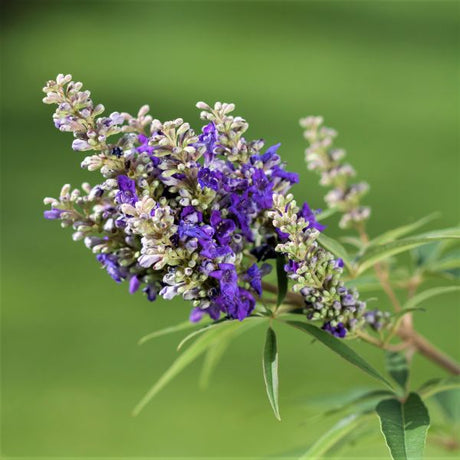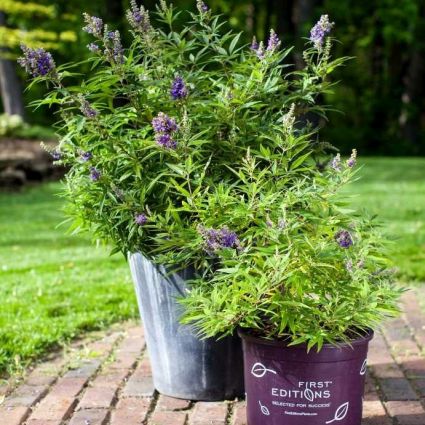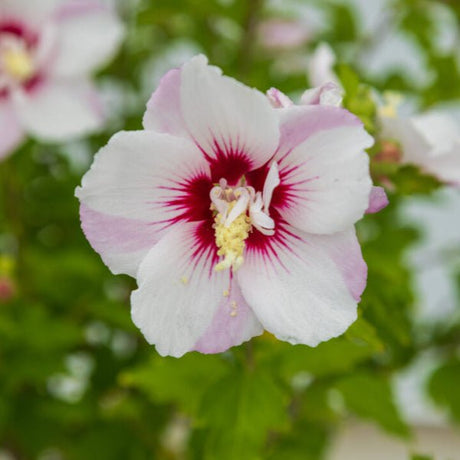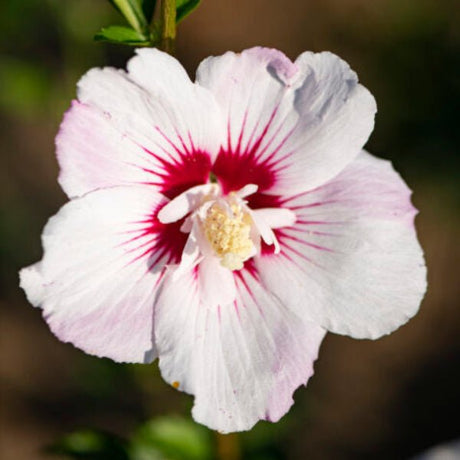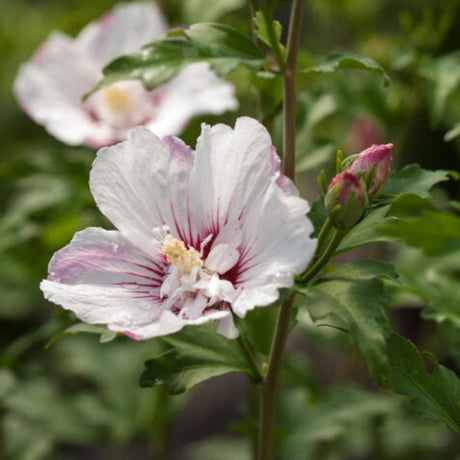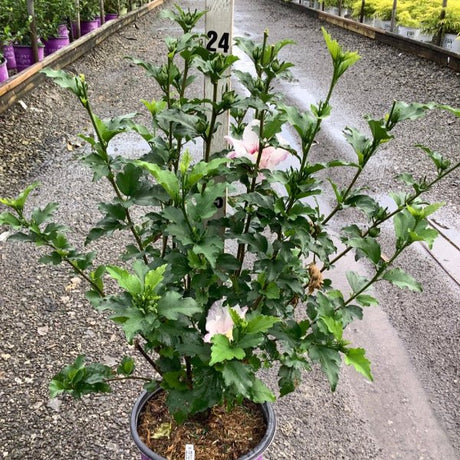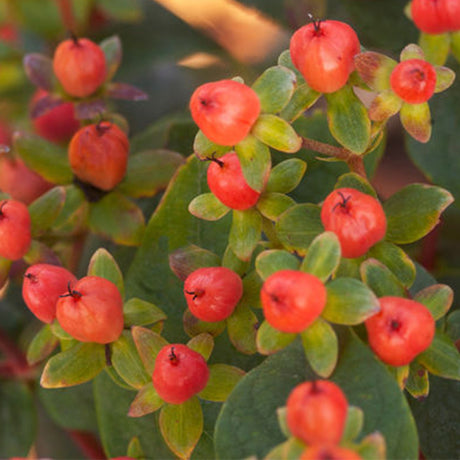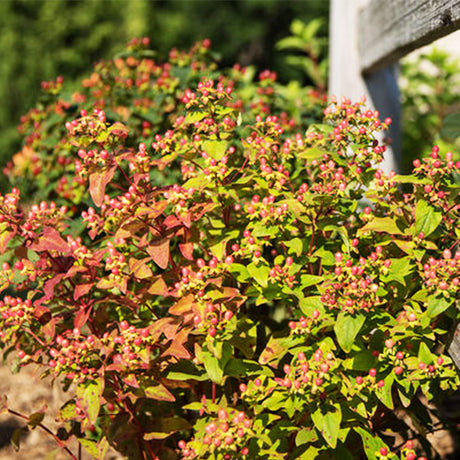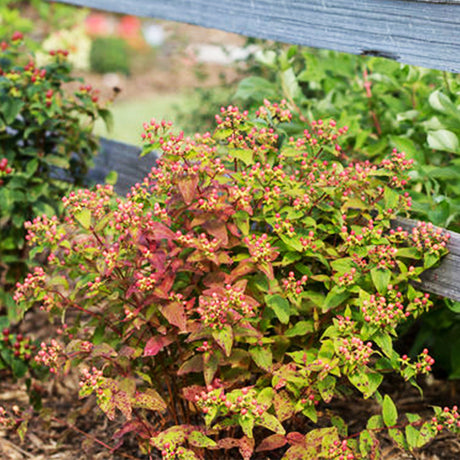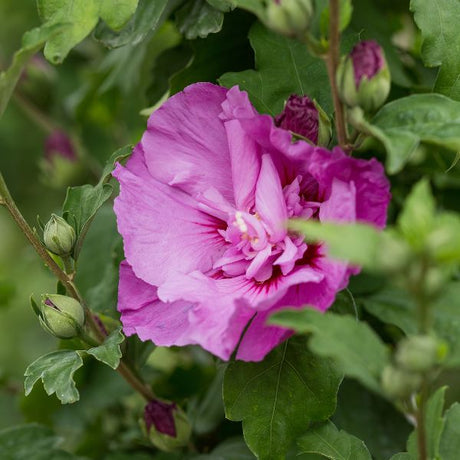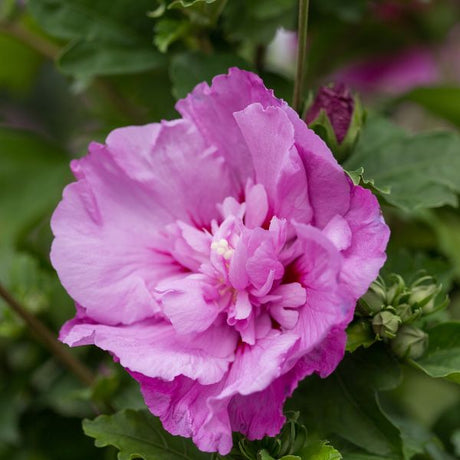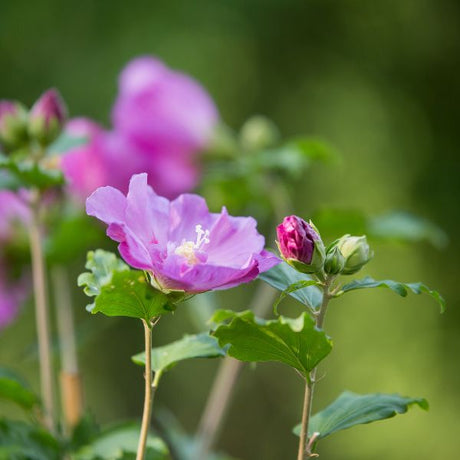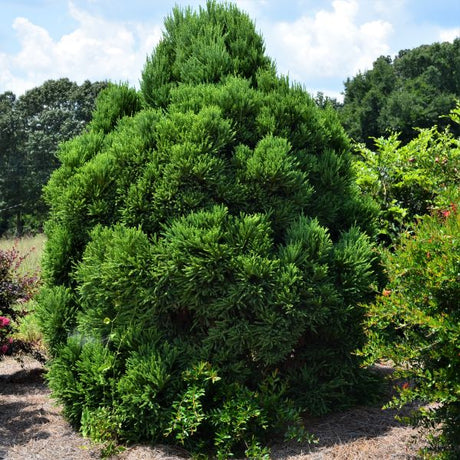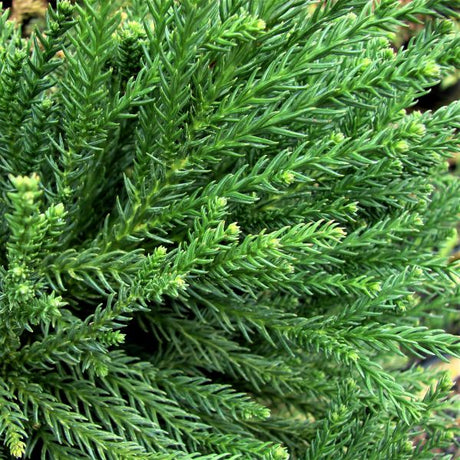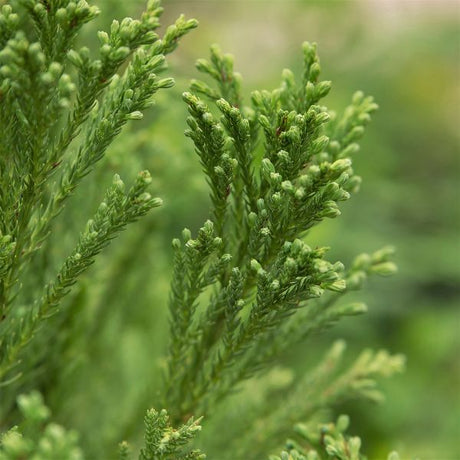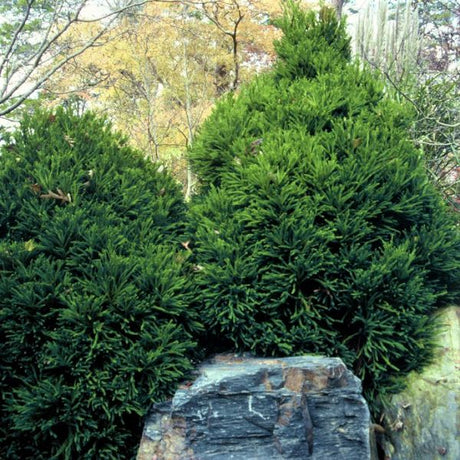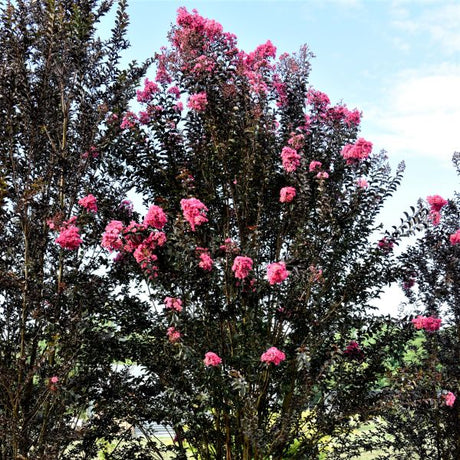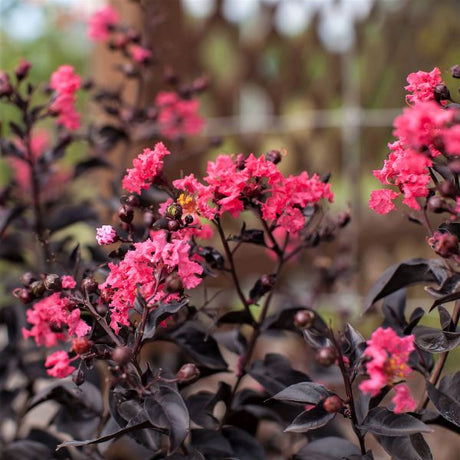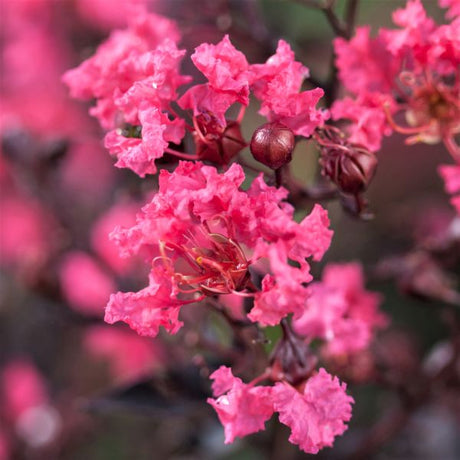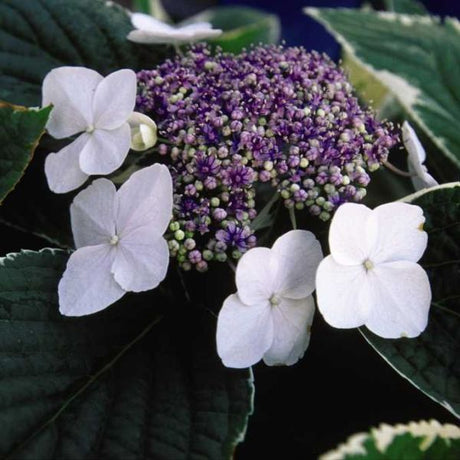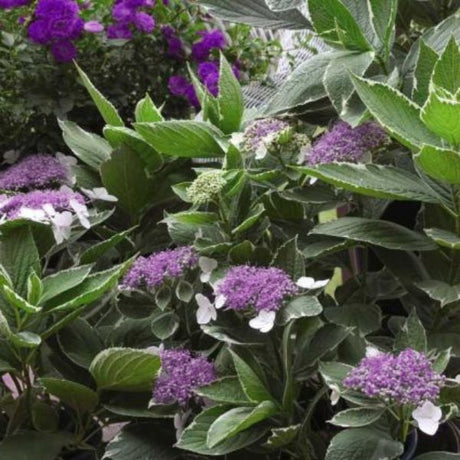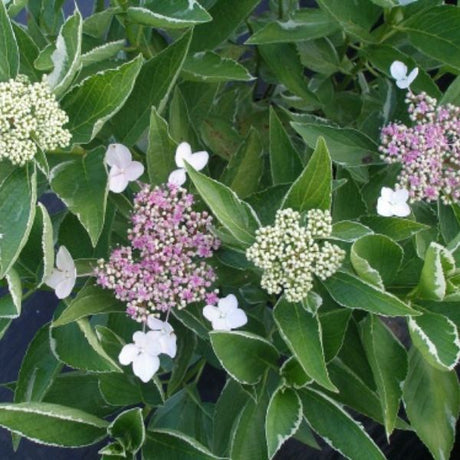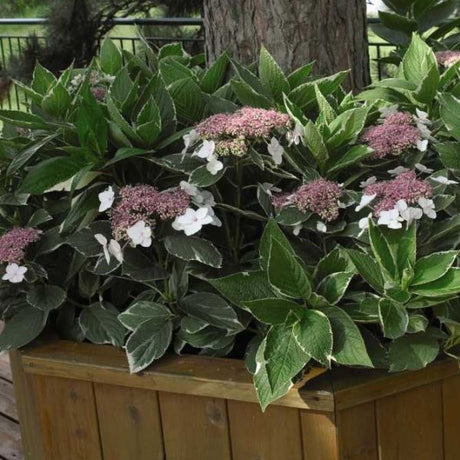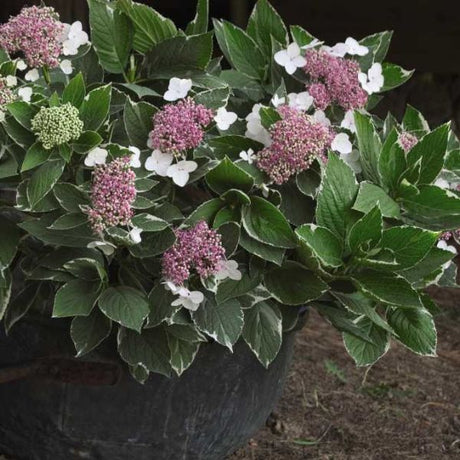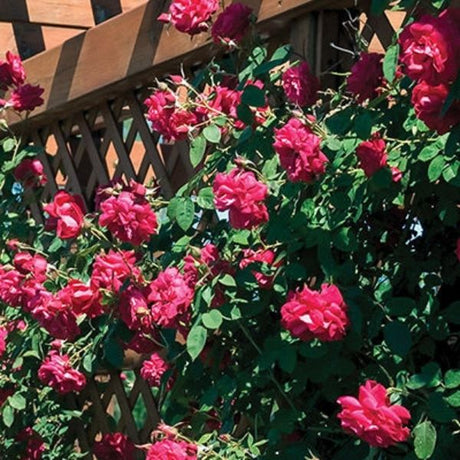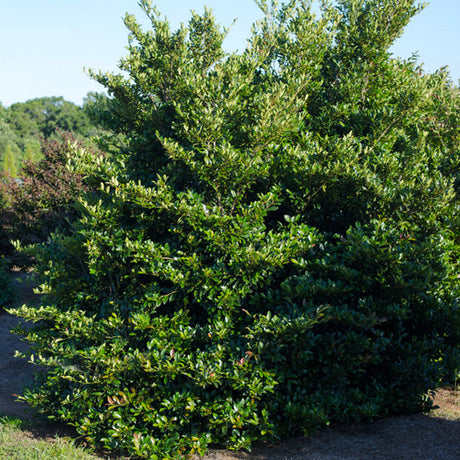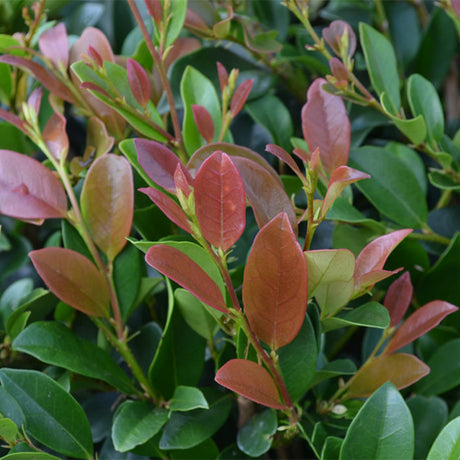Betula platyphylla 'Jefpark'
Regular price $8525Unit price /UnavailableHeptacodium miconioides 'Minhep'
Regular price $8248Unit price /UnavailableHydrangea quercifolia PIIHQ-I PP25,319
Regular price $8258Unit price /UnavailablePhiladelphus 'Snowwhite Fantasy' PP13
Regular price From $3588Unit price /UnavailableHydrangea macrophylla 'Bailmacseven'
Regular price From $7053Unit price /UnavailableVanilla Strawberry™ Hydrangea Tree Form
Hydrangea paniculata 'Renhy'
Regular price $12369Unit price /Unavailable- Up to 5% off
Caryopteris x clandonensis 'Blauer Splatz'
Sale price From $5817 Regular price $6108Unit price /Unavailable Symphoricarpos x doorenbosii 'Kolmagics'
Regular price $8167Unit price /UnavailableVanilla Strawberry™ Panicle Hydrangea
Hydrangea paniculata 'Renhy'
Regular price $7692Unit price /UnavailableStrawberry Sundae® Panicle Hydrangea
Hydrangea paniculata 'Rensun'
Regular price $6619Unit price /UnavailableStraight & Narrow® Japanese Holly
Ilex crenata ‘PIIIC-I’
Regular price $7945Unit price /UnavailableIlex crenata 'MAD-IC-I' PP32,035
Regular price $8679Unit price /UnavailableBuddleia davidii 'PIIBD-II'
Regular price $6364Unit price /UnavailableHydrangea paniculata 'Bailpanone'
Regular price $7022Unit price /UnavailableBuddleia davidii 'PIIBD-I'
Regular price $6374Unit price /UnavailablePhysocarpus opulifolius 'Donna May'
Regular price $8051Unit price /UnavailablePsychedelic Sky™ Butterfly Bush
Buddleia davidii 'PIIBD-III' PP26,306
Regular price $6371Unit price /UnavailableFrench Cabaret™ Blush Rose of Sharon
Hibiscus syriacus 'Mindoub 1'
Regular price $8290Unit price /UnavailableCoral Creme Drop™ Tall Garden Phlox
Phlox paniculata 'Ditomdre'
Regular price $3496Unit price /UnavailablePhysocarpus opulifolius 'Jefam'
Regular price $7434Unit price /UnavailableCool Splash® Dwarf Bush Honeysuckle
Diervilla sessilifolia 'LPDC Podaras'
Regular price $8145Unit price /UnavailableBerry White® Panicle Hydrangea
Hydrangea paniculata 'Renba'
Regular price $7895Unit price /UnavailableHydrangea arborescens 'BAIful' PP35,613
Regular price $8309Unit price /Unavailable- Sold outUp to 12% off
Purple Magic Crape Myrtle Tree
Lagerstroemia 'Purple Magic'
Sale price From $7840 Regular price $8955Unit price /Unavailable - Sold out
Tiger Eyes® Cutleaf Staghorn Sumac
Rhus typhina 'Bailtiger' PP16185
Regular price From $4264Unit price /Unavailable - Sold out
- Sold out
Vitex agnus-castus 'PIIVAC-Il'
Regular price From $5992Unit price /Unavailable - Sold out
- Sold out
Hypericum x inodorum 'Kolmarest'
Regular price $2998Unit price /Unavailable - Sold out
- Sold out
Cryptomeria japonica 'PIICJ-I'
Regular price From $6450Unit price /Unavailable - Sold out
Twilight Magic™ Crape Myrtle Tree
Lagerstroemia 'PIILAG-VIII'
Regular price From $7958Unit price /Unavailable - Sold out
Hydrangea macrophylla 'Bailday'
Regular price From $3890Unit price /Unavailable - Sold out
Weigela florida 'Bokrashine'
Regular price From $4985Unit price /Unavailable - Sold out
Amber Jubilee™ Ninebark TREE FORM
Physocarpus opulifolius 'Jefam'
Regular price From $7453Unit price /Unavailable - Sold out
Strawberry Sundae™ Panicle Hydrangea Tree Form
Hydrangea paniculata 'Rensun'
Regular price From $8458Unit price /Unavailable Thuja occidentalis TECHNITO 'BailJohn'
Regular price $12100Unit price /Unavailable- Sold out
- Sold out
Electric Lights™ Double Pink Azalea
Rhododendron 'UMNAZ 493'
Regular price $11490Unit price /Unavailable
First Editions® Trees and Shrubs
Stepping out to your garden for the first time each spring is a wonderful feeling. All that space filled with endless possibilities and an ever-changing plant industry means you can have a completely new garden every single year.
Will you fill it with coordinating colors or try to fit the rainbow in your little slice of heaven? Will it be a perennial paradise or a miniature forest of small, medium, and large arborvitae? It could be a textured combination of both or something else entirely.
In order to optimize your work, we suggest creating a garden foundation, of sorts, from dependable trees and shrubs that are sure to bring the flower power while minimizing maintenance efforts. If that's what you're looking for, then First Editions is the brand for you.
Build Your Landscape Around First Editions Plants
You'll be amazed at the colorful selection of tested, hardy, unique, diverse and beautiful plants that will bring your garden to life.
Whether it's adding trees; layering in shrubs as the foundation of your design or adding pops of color with vines and perennials - you'll find it all here. First Editions bring plants to market that have outstanding performance in the landscape or in containers.
The First Editions Collection from Nature Hills makes it easy to make your front garden a thing of envy or your back patio the perfect oasis to crack open a favorite book.
Plants that Perform Beautifully
First Editions is committed to "getting it right" with secure propagation and testing facilities. Plant scientists are using a network of in-ground and container test areas, along with integrated computer systems to track plants across the entire process.
Rest assured, If your plant comes in a pot labeled "First Editions", you'll have peace of mind that other gardeners just like you have had fabulous success with the same variety in similar Growing Zones.
Nature Hills and First Editions
Try adding a Tiger Eyes® Cutleaf Staghorn Sumac next to or behind your rose bushes, evergreens, or arborvitae to mix up and create a delightful color contrast. The only maintenance needed is a pruning of the oldest branches in the early spring to keep it looking beautiful and fresh.
Another brand staple is the ever-popular Vanilla Strawberry™ Hydrangea. Pannicles of light pink florets fade into a pastel before settling into pure white near the tips. Plant one as the border to your patio so you can enjoy it while entertaining company.
Its fanciful fragrance isn't something you'll want to miss. Plant directly underneath a window into your living room or kitchen to bring the fresh flowery scent indoors throughout the spring season.
We take pride in selecting excellent partners who truly deliver for our customers. That's why we've chosen to represent First Editions. Their branded plant materials are selected for success whether from the Pacific Northwest or the Sunbelt.
It's true, First Editions in your garden is the first step towards a stunning, low maintenance landscape. Browse through their collection here while imagining what your garden could look like with a couple of additions.
FAQ's for Buying First Editions® Shrubs and Trees Online
What sets First Editions® shrubs and trees apart from other branded plant collections?
What sets First Editions® shrubs and trees apart from other branded plant collections?
Plant breeders working with Bailey Nurseries select each First Editions® introduction for unique color, compact habit, or exceptional disease resistance, then trial it for three‑to‑five years in multiple U.S. regions. Only cultivars that consistently perform—without special pampering—make the cut. This rigorous screening means homeowners get 100 + “rock‑star” varieties that transplant easily, establish quickly, and deliver the advertised flower, foliage, or form benefits with minimal maintenance. The result is lower replacement cost, higher landscape success, and more confidence for new gardeners before any buying decision.
Which USDA hardiness zones do First Editions® plants cover, and how do I pick varieties that will thrive in my climate?
Which USDA hardiness zones do First Editions® plants cover, and how do I pick varieties that will thrive in my climate?
The collection spans Zones 2 through 9, so gardeners from the Upper Midwest to the Deep South can find options that overwinter reliably. Start by confirming your zone, then filter the lineup (or Nature Hills’ site) by zone to see matching cultivars. Next, check micro‑climates—wind exposure, reflected heat, or frost pockets—around your planting site. Finally, match moisture and sun requirements (full‑sun hydrangeas vs. part‑shade azaleas, for instance). By layering zone, micro‑climate, and site conditions, you can narrow 100 + choices to the two or three most climate‑resilient stars for your yard.
What are the key planting and care steps to ensure my First Editions® shrub or tree establishes quickly and grows vigorously?
What are the key planting and care steps to ensure my First Editions® shrub or tree establishes quickly and grows vigorously?
1) Site prep: Work 2–6 in. of compost into the top 8–12 in. of soil to boost drainage and nutrient holding. 2) Dig & loosen: Excavate a hole twice the root‑ball width, tease circling roots so they can grow outward. 3) Plant high: Set the crown slightly above finished grade to prevent waterlogging. 4) Water & mulch: Back‑fill, firm, then water deeply; add a 2 in. organic mulch ring (keep it off the trunk). 5) First‑year care: Irrigate when the top 2 in. of soil is dry; withhold fertilizer until the second spring, then apply a slow‑release, balanced formula. 6) Pruning: Shape after flowering or in late winter, depending on bloom time, to maintain form without sacrificing next season’s buds. Following this step‑by‑step routine encourages rapid root growth, reduces transplant shock, and sets the plant up for long‑term vigor.
Can First Editions® plants succeed in containers or small urban gardens, and which varieties work best?
Can First Editions® plants succeed in containers or small urban gardens, and which varieties work best?
Yes. Many cultivars were bred specifically for compact spaces. Choose a container at least twice the diameter of the nursery pot, with drainage holes. Fill with a high‑quality peat‑based mix amended with compost for moisture control. Position sun‑lovers (e.g., Vanilla Brandy™ Abelia) where they receive 6 + hrs of light; tuck shade‑adaptable picks (e.g., Standing Ovation™ Serviceberry) onto balconies with part‑day sun. Water whenever the top inch feels dry, feed lightly each spring, and move pots to a sheltered spot or wrap them when winter lows dip below the variety’s tolerance. Compact forms stay under 4 ft, making them ideal for patios, entryways, and rooftop gardens without crowding walkways.
Are any First Editions® shrubs considered invasive or restricted, and how can I plant responsibly?
Are any First Editions® shrubs considered invasive or restricted, and how can I plant responsibly?
A few First Editions® selections belong to the Berberis (barberry) group. While many modern barberries are sterile, several states—including New York, Pennsylvania, Maine, Minnesota, Wisconsin, and Indiana—restrict or ban Japanese barberry sales because older seed‑producing types spread into woodlands. Before purchasing, check your state’s invasive‑species list or ask Nature Hills customer service for cultivar compliance. If barberry is allowed, maintain a 2 – 3 ft mulch gap around the base, remove any volunteer seedlings promptly, and never dump pruning debris into natural areas. This ensures you enjoy the plant’s color and deer resistance without compromising local ecosystems.

